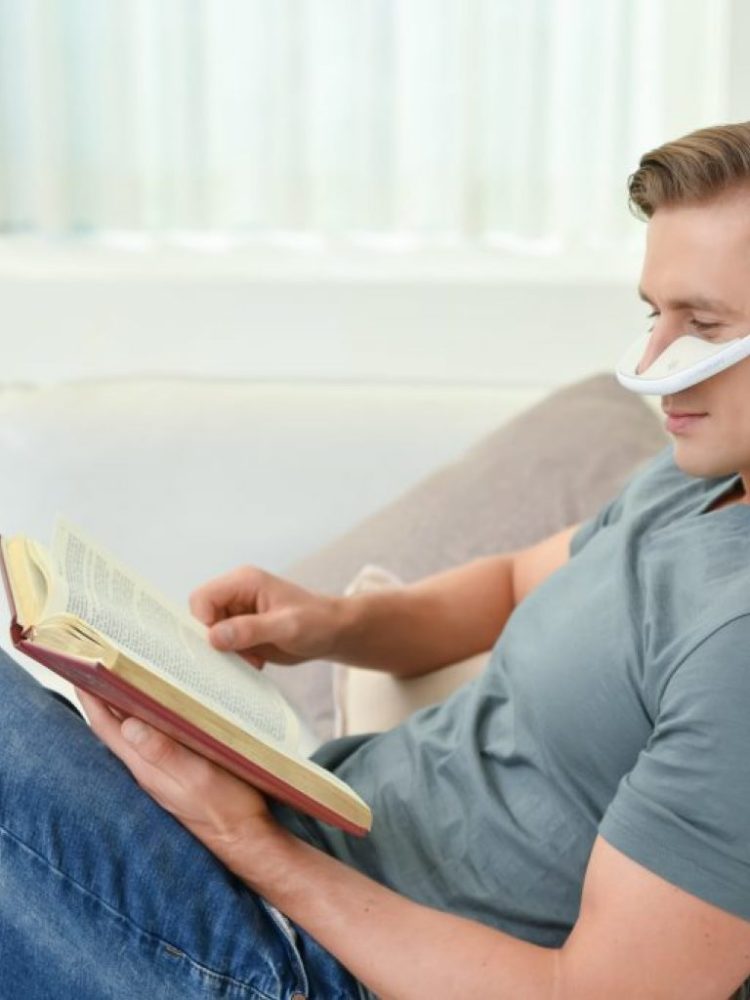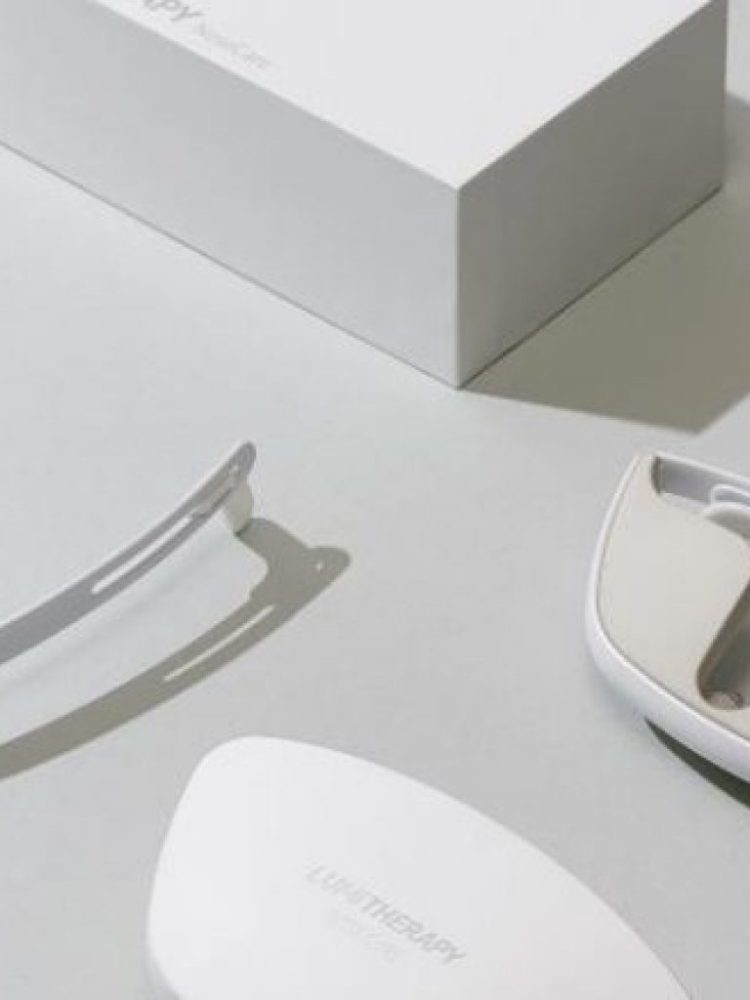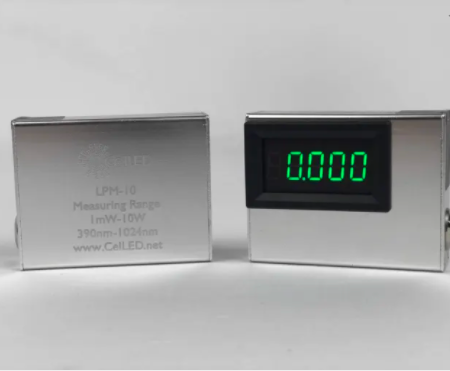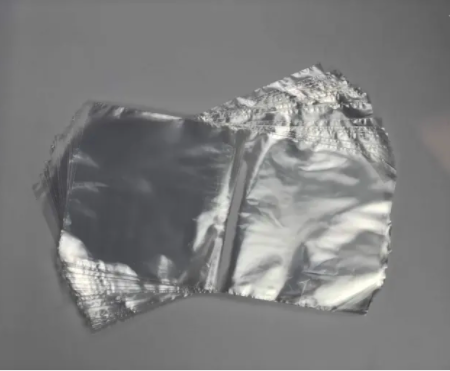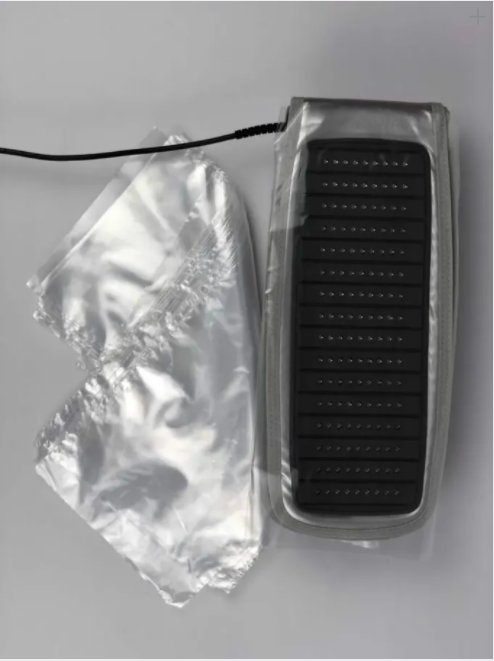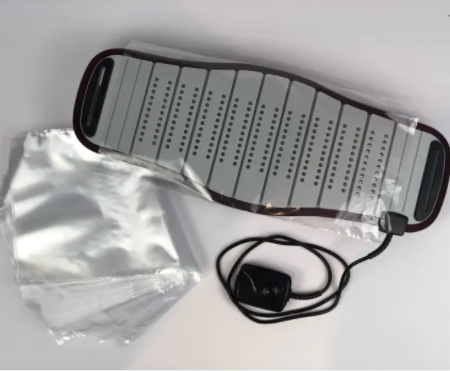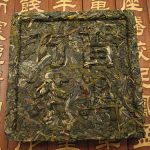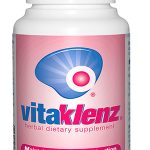Originally designed, studied and released for the treatment of chronic rhinitis the rechargeable nLED (Nosecare) device is gaining wider use with the growing research around PBM therapy and the brain; primarily intranasal delivery of dual wavelengths of light (660nm Red & 940nm NIR) at a power density of 12mW/cm2 per nostril in a single, fast and easy to wear device.
Basic concept of light therapy for allergic rhinitis
LLLT (low level light therapy) or PBM (photobiomodulation) employs red and/or near-infrared (NIR) light (600-1100 nm) to stimulate, preserve and regenerate cells and tissues. NoseCare irradiates nasal mucosa to stimulate chemical changes within the tissues, provoking biological reactions that benefit the body in a variety of ways -including improvements in metabolism and blood flow, and decrease in inflammation and oxidative stress.
Light delivery and sources
660 nm of red light and 940 nm of near infrared are emitted simultaneously from each lamp used in NoseCare. LED has been researched for decades and developed to be used in the medical device and in case of NoseCare, to treat the nasal problem. In addition, the shape of the cover of the LED is convex to control the beam angle. Thus the light from the LEDs goes through nostril into nasal cavity correctly, irradiates nasal mucosa, and stimulates inflammatory skin to relieve allergic rhinitis. The parameters of light of NoseCare are carefully optimized by choosing several factors such as wavelength, irradiance, energy density, treatment duration, etc.
Key Points:
02. Reducing the symptoms of allergic rhinitis: rhinorrhea, nasal obstruction, itching, sneezing, etc.
03. Curing nasal disease: Improving learning abilities for students and working capabilities for workers
04. Healthy oxygenation due to improvement in respiration and blood circulation through light treatment.

